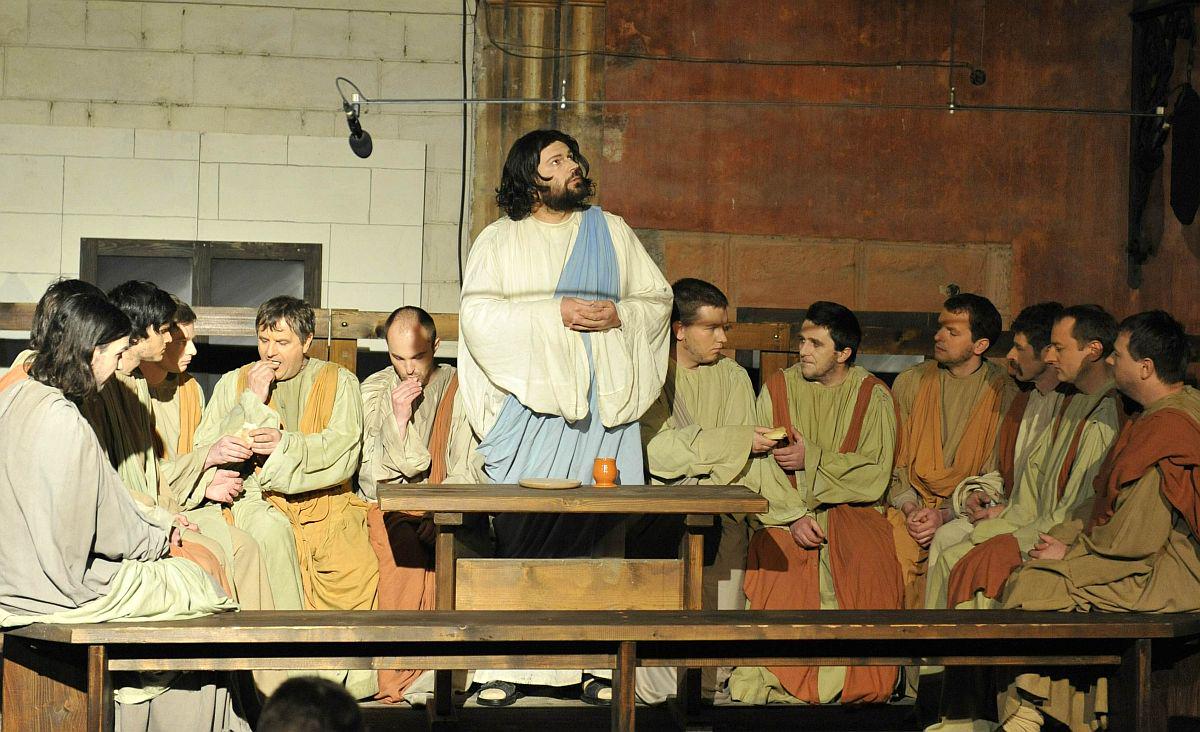
Every few years, an unusual scene takes place in the historic Slovenian town of Škofja Loka. In scenes straight from the Old Testament, figures dressed in Biblical-era clothing lead Jesus Christ down the streets to his cross, where he endures great suffering before he is ultimately killed by his tormentors.
The Škofja Loka Passion Play is a surviving example of what was once a widespread form of religious performance art in towns across Slovenia. In medieval times and beyond, passion plays drew large crowds with their emotional portrayals of the Christ’s final days.
In the early 18th century, a Capuchin monk named Lovrenc Marusič used several traditional Slovenian passion plays as the basis for his own theatrical script, the oldest in the Slovenian language. His Škofja Loka Passion Play was first staged in 1721 and then again each Easter for the next thirty years.
Marusič’s original codex --- along with one of the oldest director’s books in the world -- survived through the centuries, but for all its historical significance, the Škofja Loka Passion Play could well have been forgotten. In the Jubilee period of 1999 and 2000, however, the town of Škofja Loka decided to revive the play. The staging a attracted visitors from around Slovenia and beyond; more than 50,000 came to see the procession in person, and local authorities decided to make the passion play a regular event.
The passion play is now held every sixth year and is considered the largest open-air theater performance in Slovenia. It has also become one of the trademarks of Škofja Loka, almost as famous as the town’s baroque architecture.
Recently, the government of Slovenia even nominated the play for protection as part of UNESCO World Heritage List. Whether or not UNESCO decides to add the play to its list, Škofja Loka’s commitment to its cultural heritage has already brought the town international recognition, as well as thousands of curious visitors.

































































